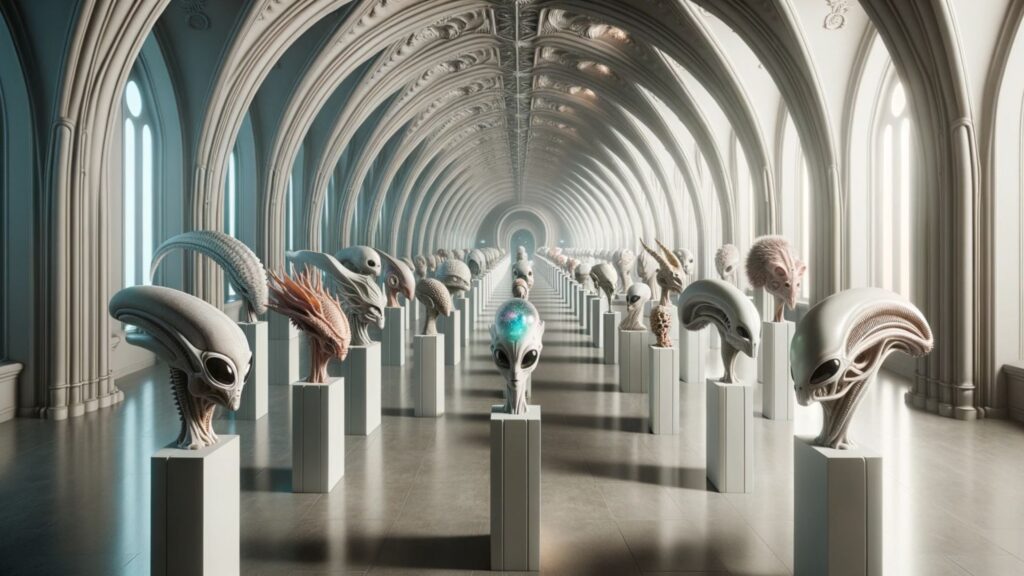Introduction
Humanity’s Timeless Curiosity
From the flickering embers of ancient campfires to the bright screens of modern devices, our species has been driven by a singular question: Are we alone in the universe? “A Historical Journey: Alien Species Throughout Time” delves into this profound curiosity, a sentiment echoing in the heartbeats of every culture and every era. It’s this innate wonder that propels our stories, our dreams, and our explorations.
The Power of Stories and Folklore

Before telescopes and space probes, our understanding of the cosmos was painted with stories, folklore, and first-hand accounts. These narratives, filled with tales of celestial visitors and otherworldly beings, have laid the foundation of our current beliefs and speculations.
Ancient artworks hint at interstellar visitors; age-old epics talk of sky gods. These aren’t mere stories; they’re the earliest attempts of humanity to make sense of the universe.
Purpose and Objectives
Navigating through this article, we aim to shed light on the various extraterrestrial species that have woven themselves into the fabric of our history. By unpacking tales, examining accounts, and weighing them against modern knowledge, we hope to provide a comprehensive overview of how human history intertwines with the legends of the stars.
Join us on this voyage as we traverse the corridors of time, exploring our age-old relationship with the idea of extraterrestrial life.
Ancient Civilizations and Alien Encounters
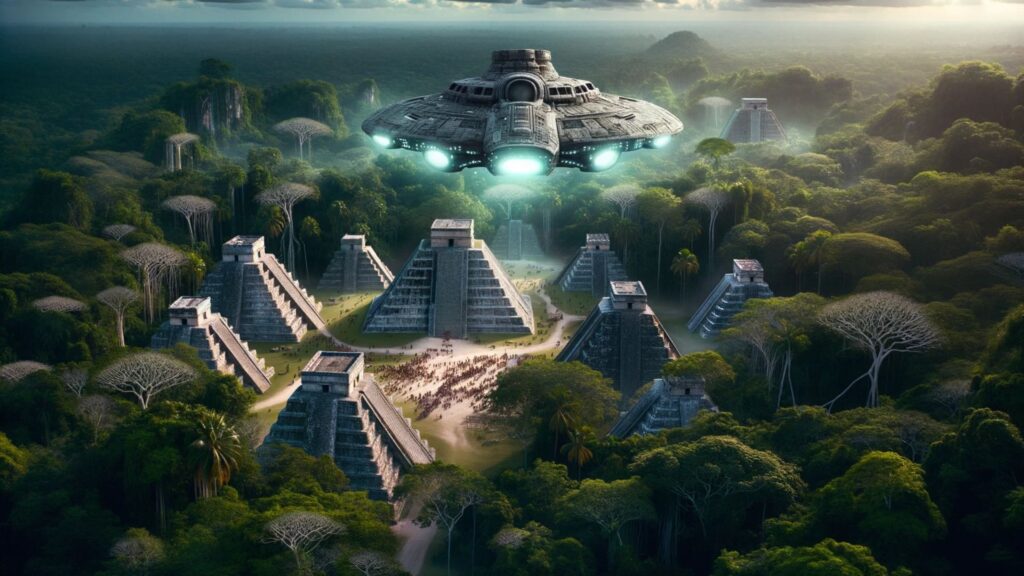
Ancient Texts: More than Just Stories?
The journey through “A Historical Journey: Alien Species Throughout Time” would be incomplete without diving into ancient manuscripts. Documents like the Sumerian “Epic of Gilgamesh” don’t just narrate heroics but also whisper tales of celestial beings descending from above. These texts, scattered across cultures, not only entertain but hint at potential otherworldly interactions.
Hieroglyphs and Art: Windows to Alien Contact?

Intriguingly, it’s not just words that spark our cosmic curiosity. Ancient Egyptian hieroglyphs, those meticulous carvings, often portray figures with peculiar features: elongated skulls, large eyes, and postures that defy human norms.
Are these mere artistic expressions or depictions of extraterrestrial beings? And let’s not forget the globally dispersed cave paintings. These age-old artworks present humanoid figures adorned with helmets and antennas. Mere symbols or evidence of ancient alien encounters?
Ancient Astronaut Theories: Bridging the Past and Cosmic
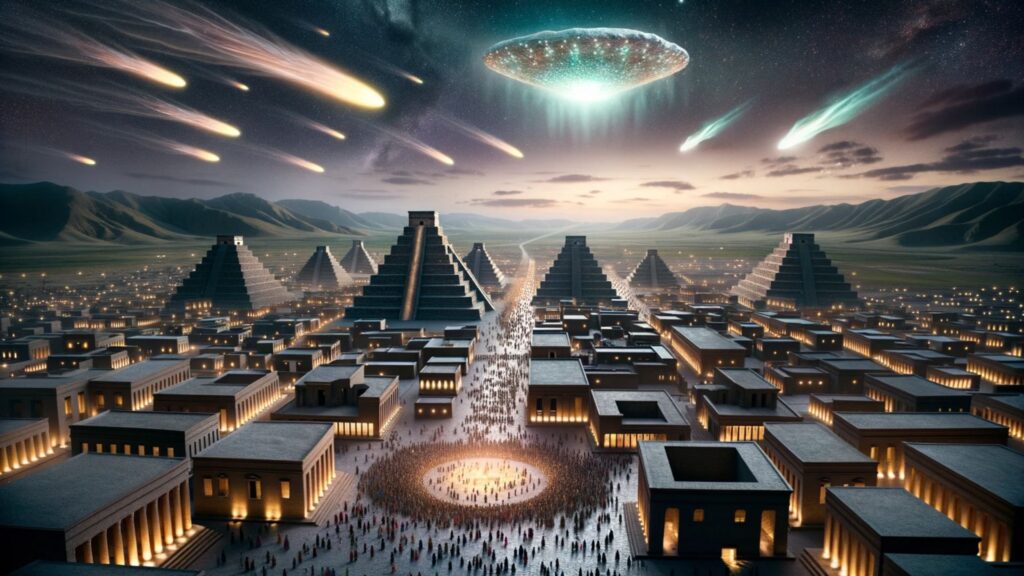
Enter the realm of ancient astronaut theories, and you’re in for a rollercoaster of beliefs and controversies. Advocates passionately argue that our ancestors weren’t just builders but collaborated with extraterrestrial beings.
The perplexing pyramids, the enigmatic Nazca Lines – were these marvels co-creations with celestial visitors? And those deities descending from skies in various mythologies? Perhaps they were misinterpreted aliens.

Controversies: Skepticism Meets Wonder
But where there are beliefs, there’s skepticism. Detractors emphasize that such theories belittle the ingenuity of our ancestors. Could these accomplishments, they ask, not be attributed to human innovation rather than extraterrestrial assistance? Many “alien” evidence, they suggest, have earth-bound explanations deeply rooted in each culture’s context.
The ancient astronaut theories, whether fact or fiction, undoubtedly add a layer of wonder to our historical tapestry, urging us to constantly re-examine our place in the grand cosmic theater.
A Rundown of Alien Species

Venturing deeper into “A Historical Journey: Alien Species Throughout Time,” we find an assortment of extraterrestrial beings, each with its unique lore and narrative. Let’s embark on this interstellar tour:
The Greys: The Quintessential AliensPhysical Attributes: Beyond Human

The Greys, perhaps the most recognized of all alien species, often come to mind with their signature slender bodies, bald heads, and oversized black eyes. Standing usually around 3.5 to 5 feet tall, their grey-hued skin gives them their namesake.
Notable Encounters: Close Contacts
From the infamous Roswell incident in 1947 to countless abduction stories, The Greys are frequent stars. Numerous reports describe experiences of missing time, mysterious implants, and otherworldly journeys with these beings.
Agendas and Intentions: Friend or Foe?
While the general portrayal is often ominous, not all stories paint them as threats. Some believe they’re here to study us, and others claim they might be intergalactic ambassadors, while a few suggest more sinister objectives.
The Nordics (or Pleiadians): Celestial Humanoids

Stellar Appearance: Strikingly Human
Characterized by their tall, humanoid stature, blond hair, and deep blue eyes, the Nordics closely resemble us. Their beauty, often described as ethereal, stands out in extraterrestrial tales.

Messages of Peace: Universal Harmony
Many accounts of the Nordics convey their deep concern for Earth’s future, urging humanity towards peace and spiritual enlightenment. Their advanced knowledge, it’s said, could greatly benefit us.
Origins: Starry Speculations
Believed by many to hail from the Pleiades star cluster, these beings’ connection to this specific stellar region remains a topic of intrigue and speculation.
The Reptilians: Earth’s Ancient Overlords?
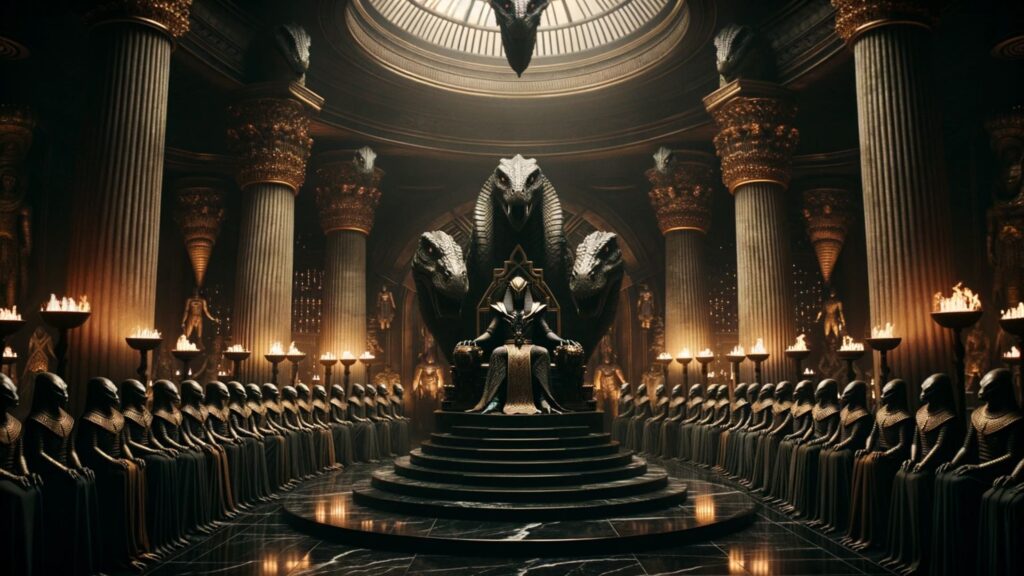
Distinct Features: Serpentine Sentients
As the name suggests, Reptilians are often depicted with scaly green or brown skin humanoid structures, but with reptile-like heads and sometimes tails.
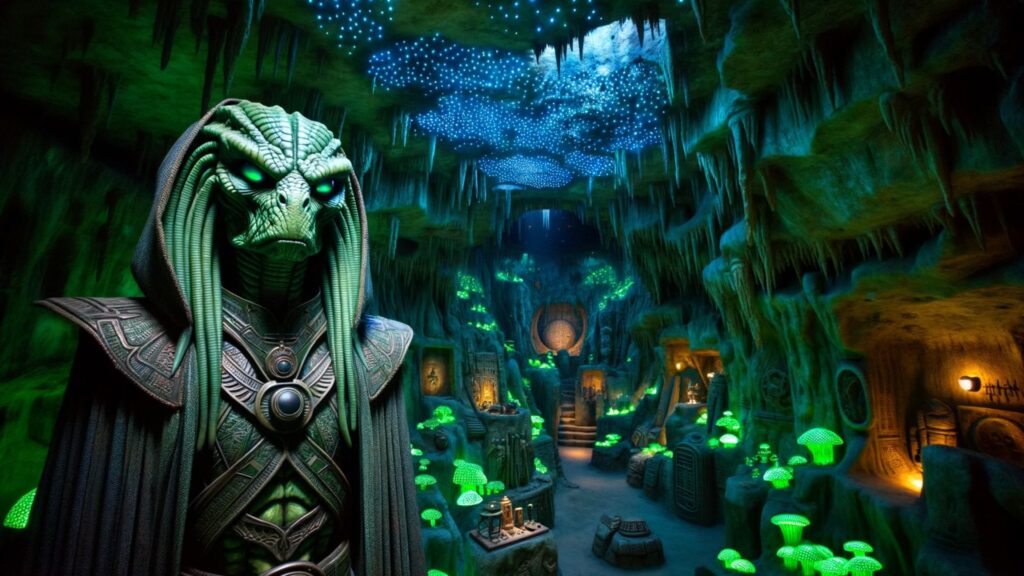
Influences and Theories: Strings of Power
Tales abound of Reptilians infiltrating governments and monarchies, wielding covert power over humanity. The reasons? Theories range from world domination to genetic experiments.
Historical Connections: Snakes in the Past
Serpent gods, like Quetzalcoatl or the Naga legends of Southeast Asia, often resonate with Reptilian lore, suggesting a deep, historical relationship between these beings and Earth.
The Mantis Beings: Insectoids of the Cosmos

Physical Description: Bugs with Brains
With elongated heads, multi-faceted eyes, and limbs resembling praying mantises, these beings are truly otherworldly, standing much taller than the average human.
Abductions and Interactions: Mysterious Motives
Accounts of encounters with Mantis Beings frequently revolve around abductions. Those who claim to have been taken describe them as highly intelligent, sometimes even benevolent, with a keen interest in human emotion.
Origins and Objectives: Galactic Goals
While much remains to be understood about these insectoids, some believe they might be ancient, even predating many other known species, with objectives spanning from scientific curiosity to spiritual connections.
Lesser-Known Denizens of the Cosmos

A Myriad of Mysteries
Beings like the Anunnaki, hailed from ancient Sumerian texts; the Sirians, associated with aquatic lore; and the Arcturians, believed by some to be the most advanced species, each add layers to our cosmic narrative.
Interactions and Intentions
Though not as frequently spotlighted as their counterparts, these species have their own tales of interactions, often leaning towards guidance, technological exchanges, or silent observations.
In this grand cosmic tableau, these beings, whether real, exaggerated or entirely fictional, enrich our understanding of the universe. They serve as mirrors, reflecting our hopes, fears, and the endless possibilities of existence beyond our pale blue dot.
The Evolution of Alien Depictions in Popular Culture

As we continue our journey through “A Historical Journey: Alien Species Throughout Time,” it becomes evident that our perceptions of extraterrestrial beings have been greatly shaped by the lens of popular culture. From ancient manuscripts to silver screens, our imaginations have run wild with the possibilities of cosmic neighbors.
Early Literature and Radio: Setting the StageIconic Literary Beginnings
H.G. Wells‘ masterpiece, “The War of the Worlds,” stands as a testament to the human psyche’s early fascination with alien invasions. Published in 1898, this novel introduced readers to a terrifying vision of Martians invading Earth, setting the tone for many alien depictions that followed.

Radio Waves and Public Hysteria
When Orson Welles adapted “The War of the Worlds” for a radio broadcast in 1938, the resulting panic demonstrated the power of media in shaping our beliefs. Many listeners, mistaking fiction for fact, believed a real Martian invasion was underway, illustrating the palpable tension and allure of extraterrestrial narratives.
The Film and Television Era: Visualizing the Unknown

Silver Screen Extraterrestrials
Cinema took the alien narrative and brought it to life. Films like “Close Encounters of the Third Kind” didn’t just portray extraterrestrials; they delved into the emotional and philosophical ramifications of contact. These stories, often a blend of wonder and fear, tapped into the collective psyche, offering both escapism and introspection.
TV’s Role in Shaping Beliefs
As television entered homes, series like “Star Trek” and “The X-Files” popularized the idea of diverse cosmic civilizations and government conspiracies. These narratives, week after week, reinforced or challenged our perceptions, making extraterrestrial life a staple topic of discussion around dinner tables.
Modern-Day Interpretations: A New Age of Understanding
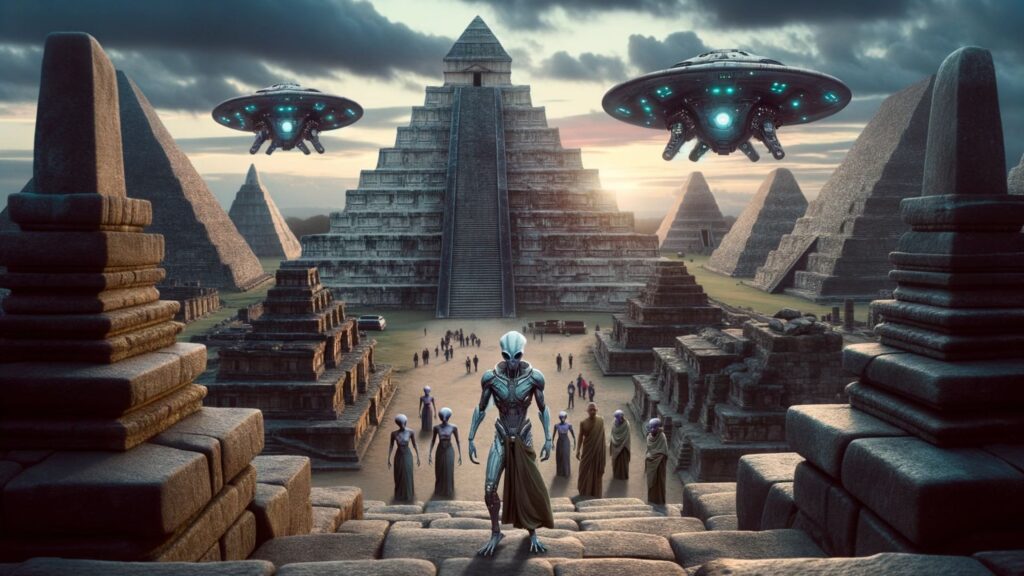
21st Century Storytelling
The new millennium brought with it a wave of innovative narratives. Shows like “Ancient Aliens” explore the possibility of past extraterrestrial contacts, while movies such as “Arrival” offer more nuanced takes on first-contact scenarios, reflecting contemporary worldviews and aspirations.
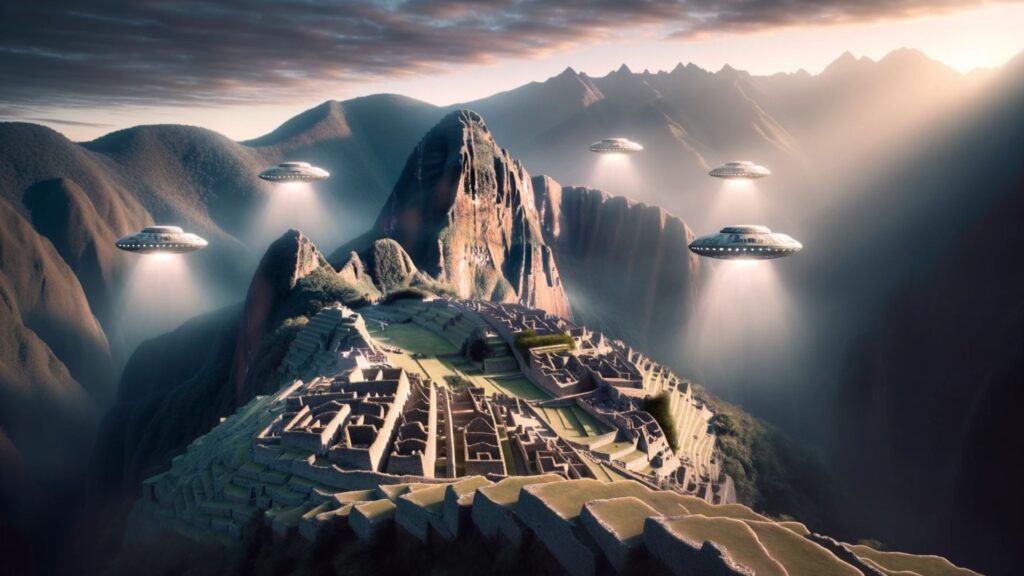
Science Meets Fiction
As our understanding of the cosmos deepens, with discoveries of exoplanets and potential life-bearing moons, pop culture adapts. The lines between science fiction and science fact blur, influencing filmmakers, writers, and artists. The result? A richer, more diverse tapestry of extraterrestrial tales that both reflect our current knowledge and fuel our cosmic curiosities.
In tracing this evolution, it’s clear: our artistic portrayals aren’t just entertainment. They’re a mirror, capturing our evolving beliefs, hopes, and fears about life beyond the stars.
Whether through ink, radio waves, or pixels, our stories of the unknown shape are shaped by our ever-expanding understanding of the universe.
Skepticism and Controversies
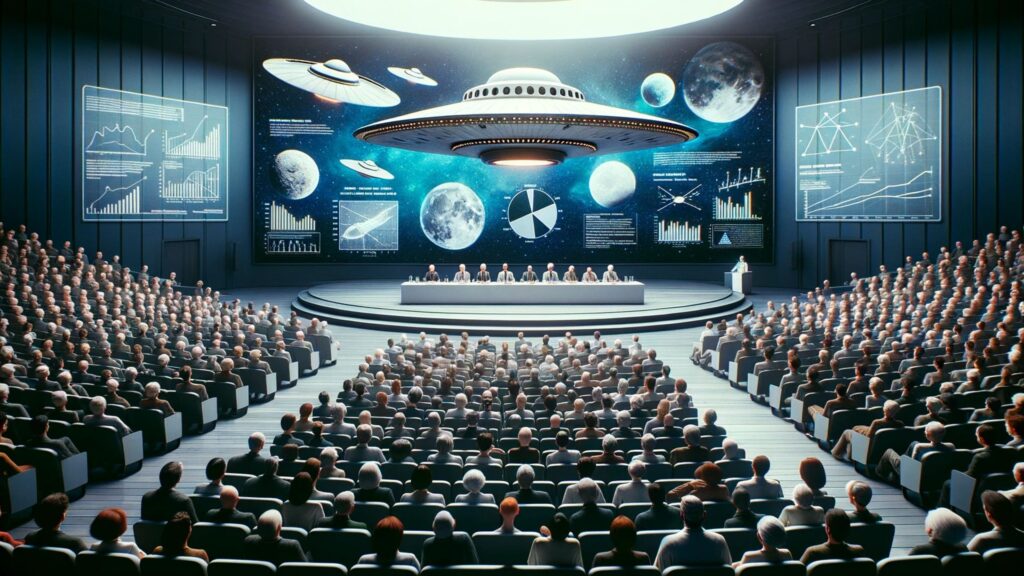
Navigating through “A Historical Journey: Alien Species Throughout Time” means not just marveling at the wonders of potential extraterrestrial beings but also confronting the doubts and debates that surround them.
Let’s probe into the skepticism and controversies that have become intrinsic to the narrative of alien existence.
The Role of Science: Questioning the Unknown: A Community of Doubt and Curiosity

While tales of extraterrestrial encounters pervade cultures, the scientific community has traditionally been cautious. Many scientists argue that anecdotal accounts, devoid of empirical evidence, don’t stand up to rigorous scrutiny.
In their view, without concrete proof, such claims remain within the realm of folklore rather than fact.
Validating the Vastness
From the Search for Extraterrestrial Intelligence (SETI) using radio telescopes to scan the skies to the study of exoplanets in the “habitable zone,” science has been actively trying to answer the cosmic question: Are we alone?
While these endeavors don’t directly validate individual alien species claims, they underscore our collective quest for understanding.
Hoaxes and Misinterpretations: When Belief Shadows Truth
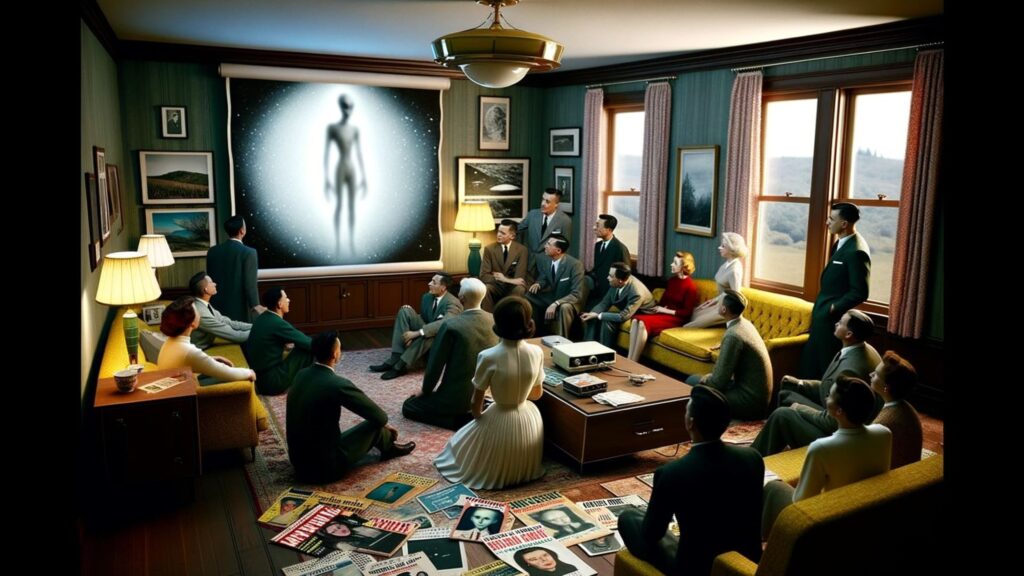
Deceptive Declarations
History is littered with tales that captured imaginations but were later debunked. The infamous 1950’s “Contactee” movement claimed direct communication with benevolent space beings, often offering questionable photos as “proof.”
Such instances, while they heightened public interest, also seeded deeper skepticism.

Mistaking the Mundane
From “swamp gas” to weather balloons and atmospheric phenomena, many reported alien encounters can be attributed to misinterpretations of natural occurrences.
The Roswell incident, for instance, was officially explained as a crashed weather balloon, though conspiracy theories abound.
Such cases highlight the human tendency to see patterns, even where none exist, and our eagerness to assign extraordinary explanations to ordinary events.
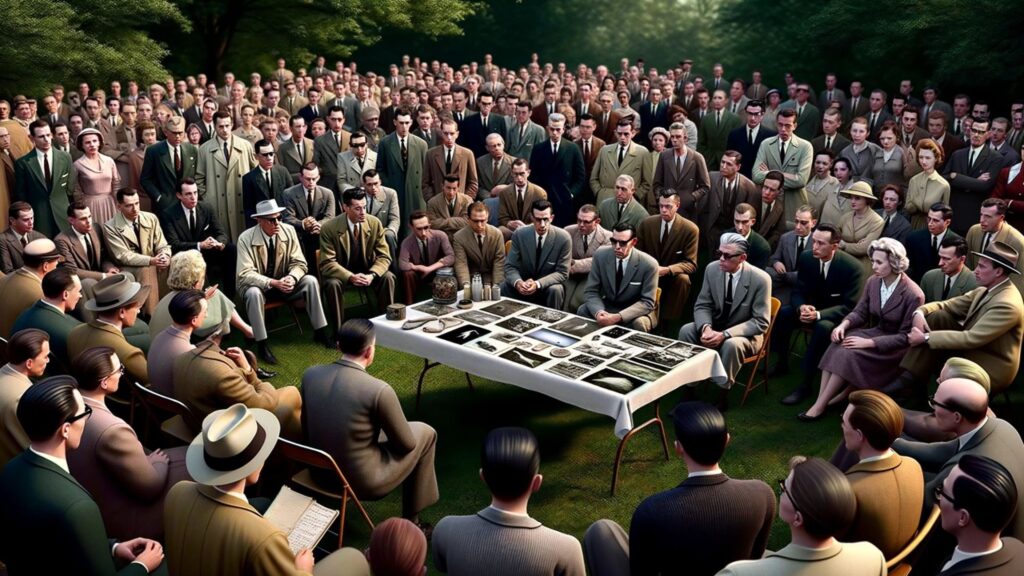
In wading through this sea of skepticism and controversies, it becomes evident that the journey of understanding alien species isn’t just about unearthing truths but also about recognizing our biases, hopes, and the inherent human desire to believe in something beyond our understanding.
Whether believer or skeptic, the debate itself is a testament to humanity’s insatiable curiosity about the cosmos.
Conclusion: The Cosmic Dance of Curiosity and Certainty

As we conclude our journey through “A Historical Journey: Alien Species Throughout Time,” it’s evident that the allure of the unknown is as timeless as the stars themselves. But why does the idea of extraterrestrial beings captivate us so?
The Everlasting Enigma: A Universal Allure
The cosmos, in all its vastness, has always whispered tales of mystery. Our ancestors gazed upwards, crafting tales about celestial deities.
Today, we peer through powerful telescopes, pondering about potential life on distant exoplanets. This continuous quest is a testament to our innate desire to not be alone in the universe and to find cosmic companionship.
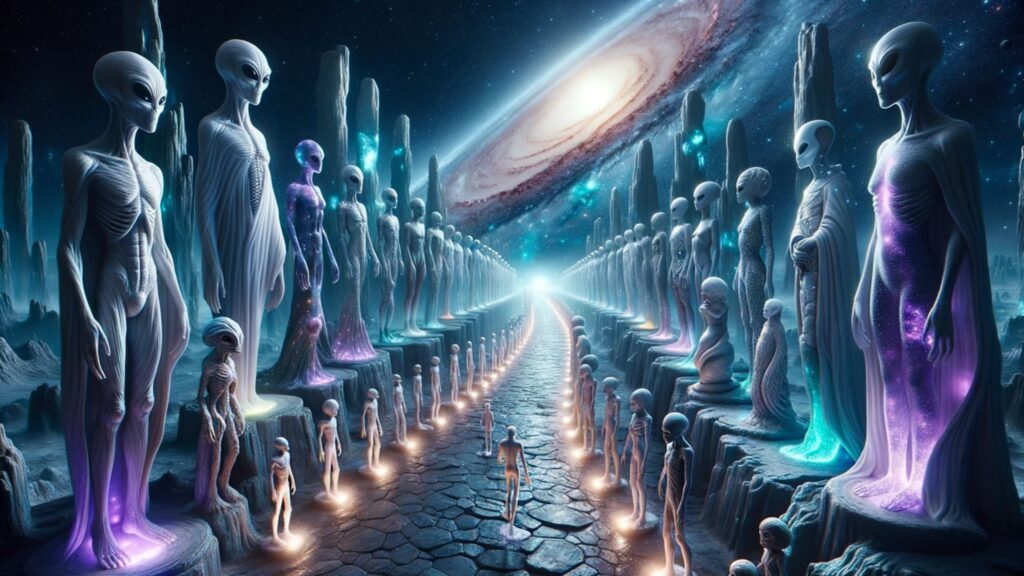
Mirrors and Windows: Reflecting and Projecting Ourselves
In every tale of an alien species, there lies a dual narrative. They act as mirrors, reflecting our own fears, hopes, and aspirations. Are they friends or foes? Saviors or conquerors?
Such narratives often say more about us than them. Conversely, they also serve as windows, offering tantalizing views into the endless possibilities of life, intelligence, and civilization beyond Earth.
Between Belief and Skepticism: A Personal Odyssey
The balance between belief and skepticism is a delicate one. While it’s natural to yearn for certainty, sometimes the beauty lies in the quest itself. Each reported encounter, each piece of “evidence,” invites us to challenge our understanding, to question, and to dream.
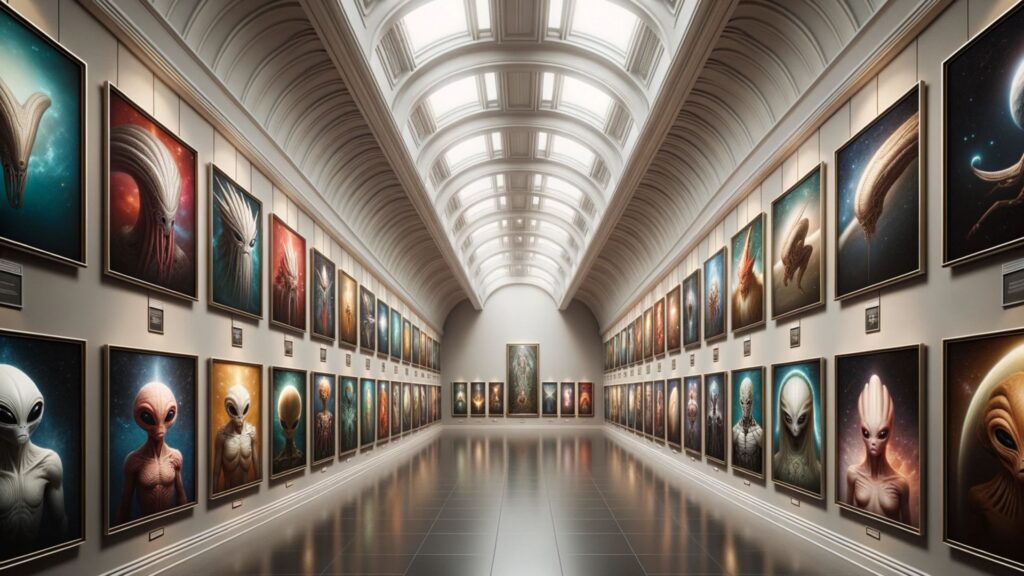
And so, as we stand on the precipice of knowledge, looking out into the great cosmic expanse, it’s worth pondering: Given the sheer vastness of the universe, the billions of stars and potentially even more planets, isn’t it possible, perhaps even probable, that somewhere out there, in some distant galaxy or on some alien world, life exists? Maybe, just maybe, we’re not alone after all.
While our journey through various alien species has been enlightening, it’s equally intriguing to think about direct encounters with alien technology. Imagine stumbling upon a hidden hangar containing an alien craft.
What would be the first question you’d pose to the scientists there? Dive into such thought-provoking scenarios in our article, Imagine a Hidden Hangar with an Alien Craft: What’s the First Question You’d Ask the Scientists?
